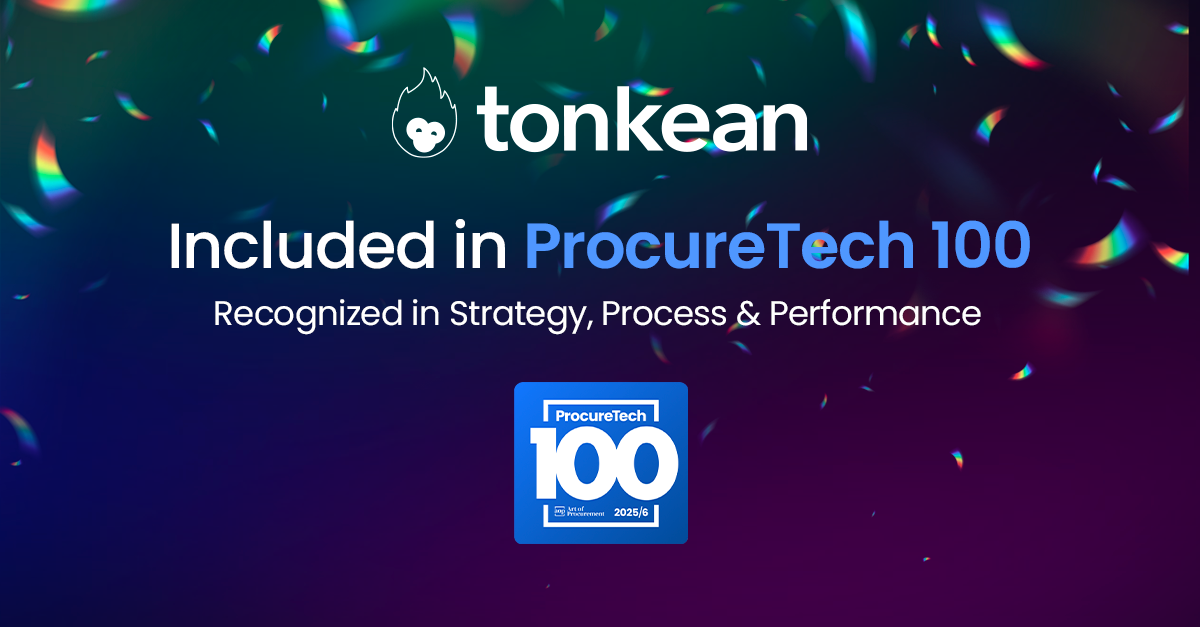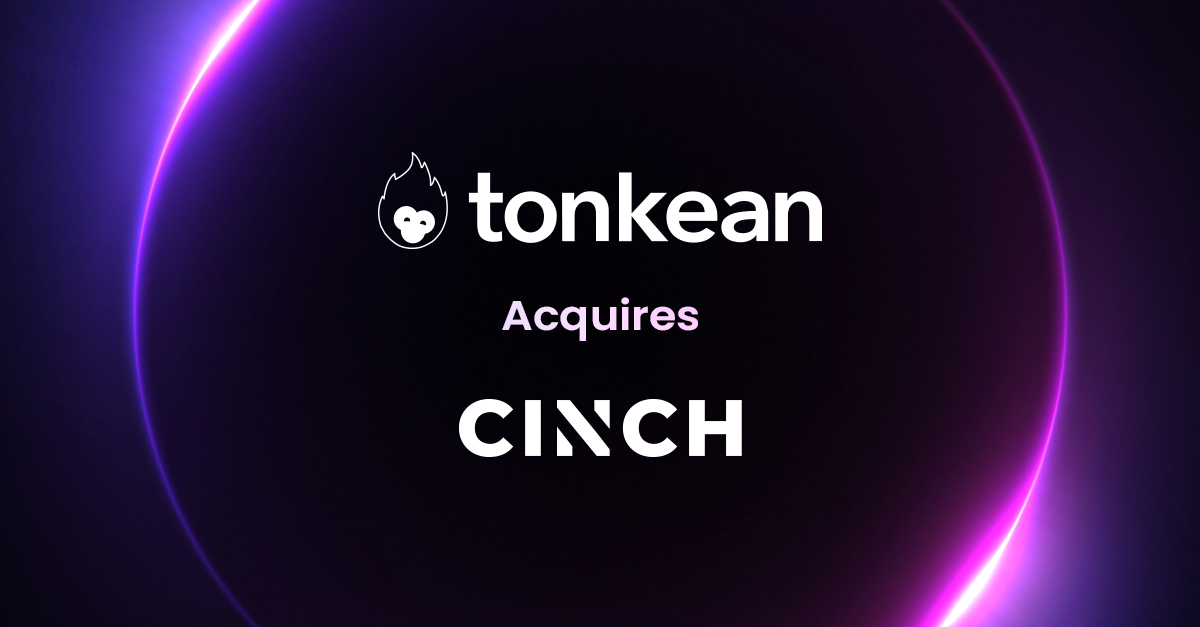
For the past several years, analysts, ops leaders and IT experts have been talking more and more about the benefits and potential of “composability” platforms. But what the heck are composable platforms? What purpose do they serve? What problems do they solve? And why are they a preferable means of building internal solutions than older alternatives? Let’s break it down.
Composability is a way of building software using “building blocks” composed of interchangeable, integratable business capabilities. At their most basic level, composable platforms are what nontechnical teams and people use to assemble and reassemble those building blocks to create their own full-blown software solutions—all without ever having to write even a line of code.
But that’s just the beginning. Underneath the hood of composable platforms are tools that empower traditionally trained software developers and IT professionals to put into place an easy-to-govern, fully integrated operational architecture that supports the entire organization and which is itself fully composable. Which is to say, it enables makers and end-users across the org to compose, connect to, and benefit from composable tools no matter their context.
In other words, composable platforms make no-code feasible for large enterprises.
Three words. Enablement. Empowerment. Agility. Composable platforms empower nontechnical teams who’ve long possessed the desire to be technologically creative—but who’ve remained dependent on developers and IT teams to solve their technical problems for them—with the ability to be technologically creative. To solve their own problems. To access innovative technological capabilities and services. To create their own personalized, customized work experiences. To build powerful software solutions tailored efficiently and more completely to their unique preferences and needs. And perhaps most importantly: to operate in a true agile fashion.
These aren’t things nontechnical teams have ever been able to do. When they’ve had problems they need technology to help solve—or when they’ve identified ways technology might be able to help them do their jobs better, or in a manner more enjoyable or efficient—they’ve always been totally dependent on developers or IT to either custom build them new tools, or help them install, implement, and manage apps they’ve purchased.
Composable platforms change that.
Imagine that you’re a parent, and you want to empower your children to build, use, and augment their own toys. How are you going to go about doing that?
Imagine that, first, you give your kids toothpicks, glue, nuts, bolts, rubber bands, you name it. Say, “Have at it.” The kid isn’t going to know what to do. They won’t know where to begin. Nothing will get built.
Because you don’t really believe kids untrained in the art of toy-assembly can build much of anything anyway, let’s say that instead, you buy your kid a dollhouse and tell them to play with that. We all know what happens. The kid will play with the dollhouse for a little while, and then lose interest, when they run into the dollhouse’s functional limitations, over which they have no control.
But what if, instead, you give your kids LEGO blocks? Let’s double click into that a bit further and imagine you give your kids LEGO blocks supplemented by baseline infrastructure upon which to play with those blocks: instructions and suggestions for what kinds of creations they can assemble; a large, flat baseline block to ground construction in.
Most of us have seen what can happen next. Kids can build some pretty incredible things!
Composable platforms operate in much the same way. They provide nontechnical teams a kind of infrastructure—which, via a no-code interface, abstracts the best-practices and technological expertise required of interacting with complex software components—with which to build and compose complex software solutions.
Further, they empower IT and developer teams to curate libraries of technological capabilities—or, LEGO blocks—that nontechnical teams can use in any number of combinations to personalize, customize, and improve their solutions.
In a composable organization, teams and people who have in traditional operational environments been unable to solve their own problems or innovate in their own right become liberated to do precisely that—and to, in turn, operate in a true agile fashion. That is, to be able to ship, at the end of any given project cycle, a version of the solution they’ve been working on, implement feedback, and then repeat that process over and over until they have the most effective, elegant version of the solution possible.
Composability, in this sense, puts into the hands of every potentially creative person working inside an organization the ability to operate as a developer, at least in the context of their own work.
Short answer: yes. composable platforms are one reason why. They ensure IT maintains governance over their organizations’ technology and data.
This is achieved through IT’s management and ownership over the building blocks nontechnical teams interact with. In designing and releasing every individual building block, IT can determine things like what makers should enjoy access to them, along with exactly what systems the building block in question gives them access to. So, too, do they always enjoy complete visibility into what solutions makers are creating and using.
That composable platforms come built with a governance model to ensure enterprise-wide security, compliance, and maintainability is critical. As all IT professionals will agree, scaling solution delivery cannot come at the expense of security or compliance. The common impression of no-code or other made-for-business solutions today is that they lack sophistication and security controls. In fact, many do. That’s why, when business teams adopt certain of these tools and then run into trouble, IT is often left holding the bag.
But this is where composable platforms can differ, by guaranteeing IT tight controls for each building block, and visibility into the solutions that are built by makers. Policies around data access, retention, encryption, role-based permissioning, and more can be defined and enforced through strict auditing of the building blocks and solutions, as well.
Beyond governance, however, composable platforms can make IT’s life easier, and further empower them to level-up in their own right. Composable platforms in effect provide nontechnical teams the ability to safely enable themselves—allowing IT to focus more time and energy on technological innovation, as opposed to spending so much time in a tech support role.
Another short answer: yes. Tonkean is one of them.
Tonkean is a composable platform consisting, among other things, of an operating system via which developers and IT can curate pre-built or custom built, net-new building blocks—which in Tonkean we call Enterprise Components—as well as a truly no-code Solution Studio that nontechnical teams can use to compose software solutions.
Some of the world’s largest and most innovative organizations—from Google to Salesforce—are using Tonkean right now to transition their operations to a composable architecture. And to, in effect, bridge the gap between IT and the business that until now has been an accepted operating cost of doing business inside most orgs.

For the manner in which it enables greater, more holistic agility and connection—and, more importantly, for the way it expands the pie of who can create software—composability is the future. It’ll be what powers the great innovative companies of tomorrow. And beyond empowering organizations individually—as Tonkean CEO Sagi Eliyahu has written—by expanding who inside organizations can participate in the problem solving process, composability could facilitate the next big leap from a societal perspective. “Big leaps don’t come from individual innovations,” Sagi writes. “They come from extending the ability to innovate to whole new categories of people. Today, only a small number of people inside any given organization can build new things, or tangibly achieve technological progress. What happens when we increase that number exponentially?” We could be about to find out.
But how can you start your transformation from traditional to composable? Tonkean can help. Click here to learn more about how composable platforms work, and whether partnering with one might be the right next step for you.

